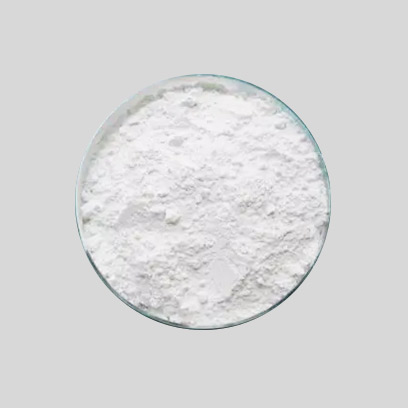
7 月 . 27, 2024 07:10 Back to list
Exploring the Solubility and Applications of Barium Sulfate in Various Industries and Chemistry
Barium Sulfate Solubility An Overview
Barium sulfate (BaSO4) is a white crystalline solid that has various industrial and medical applications, largely due to its unique properties. While it is notable for its low solubility in water—approximately 0.0002 g/100 mL at room temperature—it is essential to understand what this means in both practical and scientific contexts.
Chemical Properties Barium sulfate is an inorganic compound composed of barium, sulfur, and oxygen. Its low solubility is attributed to the strong ionic bonds formed between the barium ions (Ba²⁺) and sulfate ions (SO₄²⁻). This low solubility is a double-edged sword; on one hand, it allows barium sulfate to be used in a variety of applications, while on the other, it necessitates careful handling in industrial processes and environmental considerations.
Barium Sulfate Solubility An Overview
In the paint industry, barium sulfate provides excellent opacity and brightness to products. Its white color and non-toxic nature make it a preferred choice over other fillers that might pose health risks. The same attributes apply to its use in plastics and paper manufacturing, where it enhances the material's appearance and mechanical properties without compromising its safety.
barium sulfate soluble

Medical Applications One of the most significant uses of barium sulfate is in medical imaging, particularly in X-ray and CT scans. It is commonly administered as a contrast agent to enhance the visibility of the gastrointestinal tract. When ingested in a suspension form, barium sulfate coats the lining of the digestive system, improving the contrast of X-ray images. Given its low solubility, it safely passes through the body without being absorbed, making it an ideal choice for this application.
Environmental Considerations Despite its usefulness, the low solubility of barium sulfate also raises environmental concerns. Accidental releases of barium sulfate in water bodies can lead to sedimentation, affecting aquatic life. Additionally, in large quantities, this compound can disrupt local ecosystems. Therefore, regulations regarding its use and disposal are essential to mitigate potential environmental impacts.
Furthermore, since barium can pose health risks in its soluble forms—such as barium hydroxide or barium chloride—it's crucial to ensure that any barium sulfate used in industrial processes remains in its insoluble form. This adherence to safety protocols and regulations is vital for protecting workers and the environment alike.
Conclusion In conclusion, barium sulfate's low solubility plays a crucial role in both its practical applications and environmental considerations. As a compound, it is highly valued in various industries for its unique properties, such as high density, inert nature, and biocompatibility for medical purposes. However, awareness of its environmental impact and adherence to safety regulations are necessary to harness its benefits responsibly. Future research may focus on enhancing the sustainable use of barium sulfate in various applications while minimizing potential environmental risks.
-
Lithopone for Plastic & TiO2 R-5568/SK-6658 Masterbatch Solutions
NewsMay.30,2025
-
China Leading Rutile TiO2 Manufacturer - R5566 & R996 Grades Available
NewsMay.30,2025
-
High-Purity Anatase & Rutile TiO2 Powder Trusted Manufacturer
NewsMay.30,2025
-
High-Purity Anatase Products Trusted Supplier & Manufacturer
NewsMay.29,2025
-
Best Price Eco-Friendly Rutile TiO2 Supplier & Wholesale Factory
NewsMay.29,2025
-
Chinese Anatase Titanium Dioxide for Ceramic Glaze Reliable Supplier
NewsMay.29,2025
